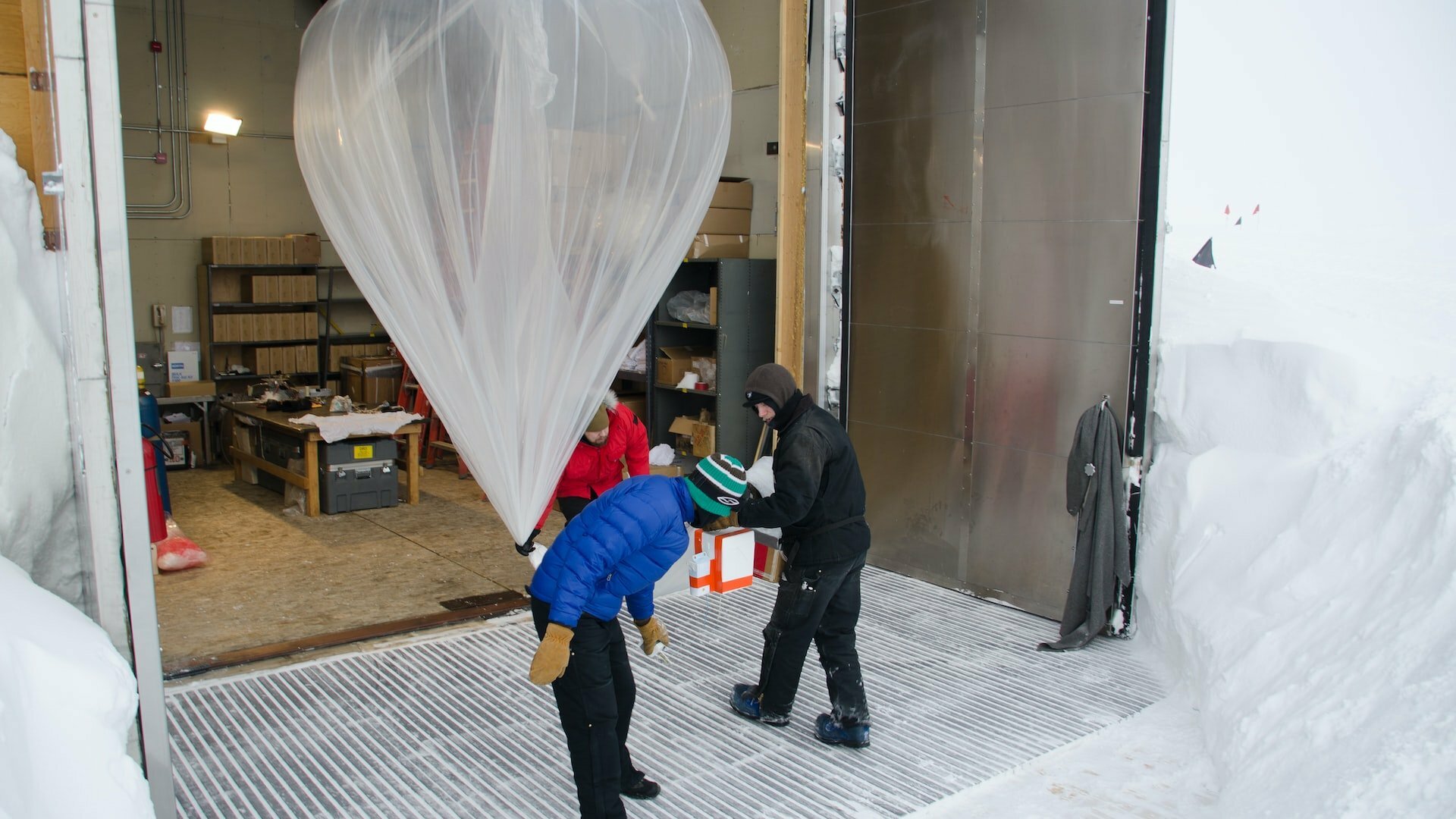The Importance of Adopting Infrastructure Testing in DevOps for Streamlined Development
Introduction
In today’s fast-paced software development landscape, adopting a DevOps approach has become crucial for organizations aiming to efficiently deliver high-quality applications. DevOps focuses on collaboration between development and operations teams by implementing practices like continuous integration and continuous delivery (CI/CD) to achieve faster and more reliable software releases. However, for a truly successful DevOps implementation, infrastructure testing plays a pivotal role in ensuring the stability and reliability of the underlying infrastructure.
Why Infrastructure Testing is Vital in DevOps
1. Minimizing Deployment Risks:
Infrastructure testing verifies the readiness of the infrastructure environment by confirming that all components, dependencies, and configurations are functional. By thoroughly testing the infrastructure, potential risks can be identified and mitigated before deployment, reducing the chances of unexpected failures and downtime.
2. Ensuring Consistency:
Infrastructure as Code (IaC) is a fundamental concept in DevOps, enabling the provisioning and management of infrastructure through code. Infrastructure testing ensures the consistency and correctness of the IaC scripts and configurations. By validating the desired state of the infrastructure with automated tests, organizations can avoid configuration drifts and maintain a reliable environment.
3. Scalability and Performance:
With continuous delivery, organizations need to ensure that their infrastructure can handle varying levels of load and scale. Infrastructure testing helps validate the scaling capabilities and performance bottlenecks of the infrastructure components such as servers, databases, and networking. This enables organizations to identify and address any limitations before they impact the end-user experience.
Implementing Infrastructure Testing in DevOps
1. Automated Testing:
Leveraging testing automation tools and frameworks, organizations can create automated infrastructure tests. These tests can be incorporated into the CI/CD pipeline, providing continuous feedback on the health and performance of the infrastructure. By automating testing, the need for manual intervention is reduced, resulting in faster releases with higher confidence.
2. Test Environment Simulation:
To ensure realistic testing scenarios, organizations can simulate a production-like environment for infrastructure testing. This can be achieved through tools like infrastructure virtualization or containerization. By closely replicating the production environment, any issues or bottlenecks can be identified and resolved early in the development cycle.
3. Collaborative Approach:
Including infrastructure testing as a shared responsibility between development and operations teams fosters collaboration and knowledge sharing. DevOps teams should collaborate on designing test cases, identifying key performance indicators, and defining the test scope. By working in tandem, teams can address infrastructure challenges efficiently, resulting in improved overall application quality.
Conclusion
Adopting infrastructure testing in DevOps is essential for organizations to ensure the reliability, scalability, and performance of their applications. By incorporating automated testing, simulating realistic environments, and fostering collaboration, organizations can overcome infrastructure-related challenges and deliver robust applications consistently. Embracing infrastructure testing as a critical component of the DevOps process empowers organizations to achieve faster, reliable, and high-quality software releases.
By realizing the significance of infrastructure testing and implementing it systematically, organizations can stay ahead in today’s competitive software development landscape.
Category: Technology

Matthew J Fitzgerald is an experienced DevOps engineer, Company Founder, Author, and Programmer. He Founded Fitzgerald Tech Solutions and several other startups. He enjoys playing in his homelab, gardening, playing the drums, rooting for Chicago and Purdue sports, and hanging out with friends.

